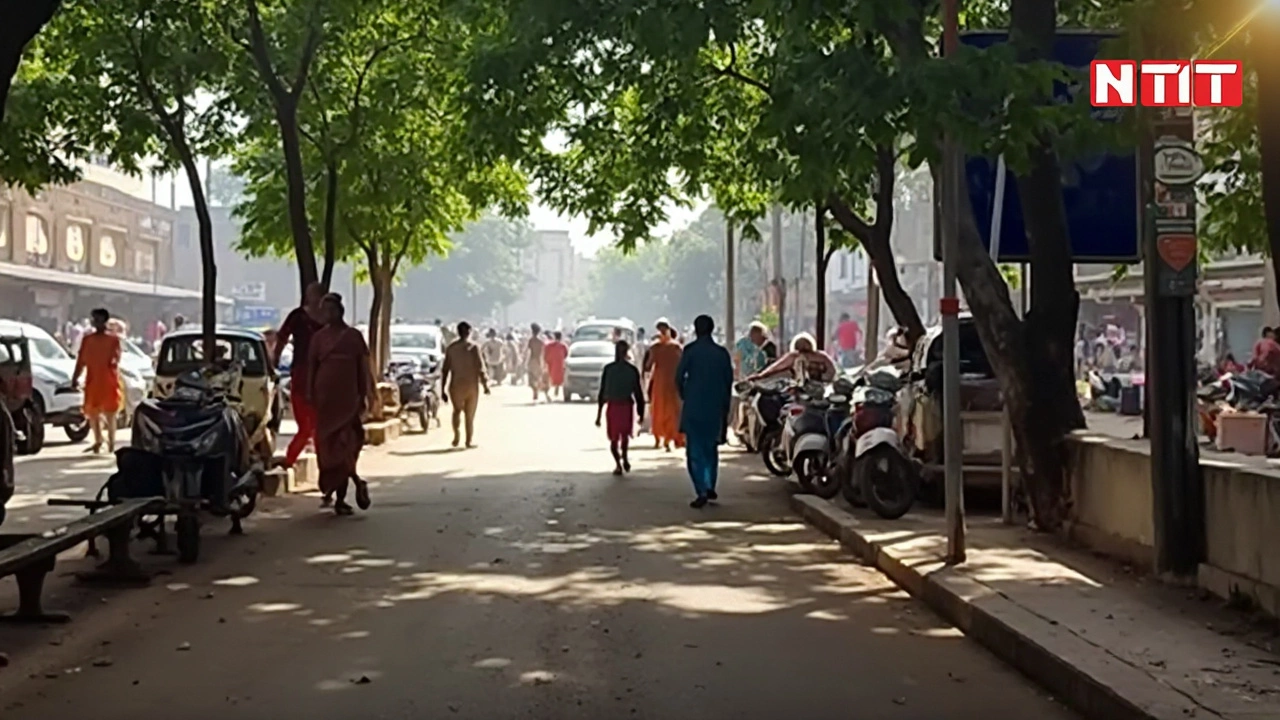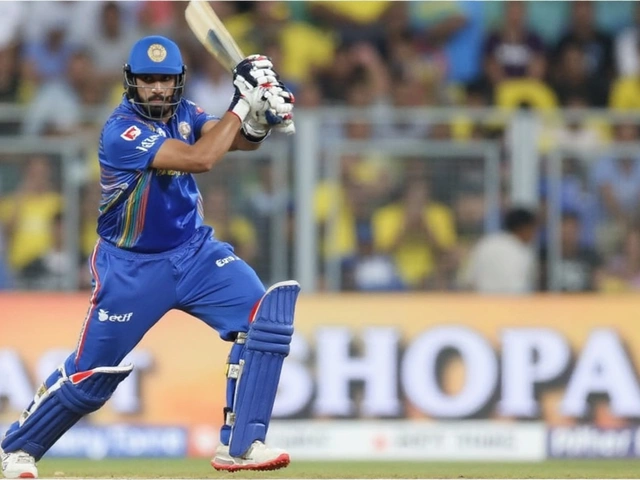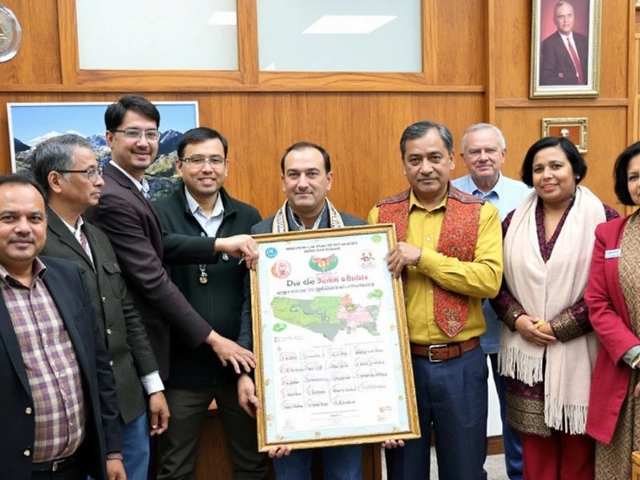April 9 Heat – Forecast, Tips & Impact
Summer is on fast‑forward and many parts of India are already feeling the squeeze. On April 9, temperatures are set to spike, pushing the heat index into uncomfortable territory. If you’re wondering how hot it will get, what it means for your day, and how to stay safe, keep reading. We’ve broken down the key details and practical tips you can start using right now.
What the forecast says
According to the Indian Meteorological Department, the maximum temperature for April 9 will hover around 40‑42 °C in the North‑West, with Delhi and surrounding NCR seeing highs of 41 °C and a humidex near 45 °C. The heat wave advisory is expected to be upgraded to an orange alert by midday, which means severe discomfort for anyone outdoors for extended periods.
In the central belt, cities like Agra, Jaipur and Lucknow will see temperatures in the low 40s, while the coastal regions will be a little milder at 35‑37 °C but with higher humidity. Nighttime lows will only dip to about 28 °C in most areas, giving little relief. If you’ve got a morning jog or a late‑evening walk planned, check the local hourly forecast – the coolest window is usually between 5 am and 8 am.
What’s driving this early heat? A high‑pressure ridge over the Arabian Sea is blocking cooler breezes, while a weak south‑west monsoon flow pushes hot, dry air inland. The pattern is expected to linger for the next three to four days, so expect the heat to stay stubbornly high after April 9 as well.
How to stay safe and comfortable
First, hydrate like it’s your job. Aim for at least 2‑3 liters of water a day, more if you’re sweating heavily. Sports drinks can help replenish electrolytes, but plain water is usually enough for most adults.
Second, dress for the occasion. Light‑colored, loose‑fitting cotton or linen lets your skin breathe and reflects sunlight. If you need to be outdoors, a wide‑brimmed hat and UV‑blocking sunglasses cut down on direct exposure.Third, plan your errands wisely. Try to do shopping, banking or any outdoor chores early in the morning or after sunset. If you must be out during peak heat, take regular breaks in shaded or air‑conditioned spots and use a cooling towel on your neck.
Fourth, protect your home. Close curtains or blinds to keep out direct sun, and use fans in conjunction with a bowl of ice for a quick DIY air‑conditioner. If you have a portable air purifier, run it – it helps with indoor air quality, which can feel stuffy when it’s hot outside.
Fifth, watch for warning signs of heat‑related illness. Dizziness, rapid heartbeat, headaches or nausea can indicate heat exhaustion or heat stroke. If you notice any of these symptoms, move to a cooler place, drink water, and seek medical help if they don’t improve quickly.
For vulnerable groups – kids, elderly, pregnant women and those with chronic health conditions – keep extra eye on them. Offer frequent water breaks and avoid strenuous activity whenever possible.
Finally, stay updated. The IMD posts real‑time alerts on its website and social media channels. Sign up for SMS notifications if they’re available in your area – a quick ping can save you from stepping out into an unexpected heat burst.
Heat waves aren’t just uncomfortable; they can disrupt travel, power supply and even affect crop yields. By staying informed and taking simple precautions, you can reduce the impact on your health and daily routine. Keep this guide handy, share it with friends and family, and make April 9 a day you beat rather than dread.
Blistering Heat Waves Grasp Uttar Pradesh on April 9, 2025: What You Need to Know
The people of Uttar Pradesh faced sweltering conditions on April 9, 2025, with daytime temperatures soaring to 39°C-41°C and nighttime temperatures not falling below 23°C. Cities like Lucknow and Ghaziabad experienced stifling heat paired with humidity and partly cloudy skies, with minimal chances of rain according to the IMD. Residents were advised to remain cautious of the harsh conditions.





